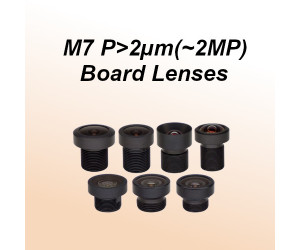Board Camera Lens
We collect M5 board lenses for board camera options, also support custom board lens as your requirements.
Here list the standard M5 board lenses for reference.
Product ID
FL(mm)
..
Starting From $0.8
Brand: iAPhotonics
We collect M7 board lenses for board camera options, also support custom board lens as your requirements.
Here list the standard M7 board lenses for reference.
Product ID
FL(mm)
..
Starting From $3.0
Brand: iAPhotonics
We collect standard M12 camera lens module for options, also can customize camera lens module as your requirements.
Here list the standard M12 camera lens module for reference.
Prod..
Starting From $3.0
Brand: iAPhotonics
We collect M12 board camera lens for board camera options, also support custom board camera lens as your requirements.
Here list the standard M12 camera lens module for reference.
P..
Starting From $5.0
Showing 1 to 4 of 4 (1 Pages)


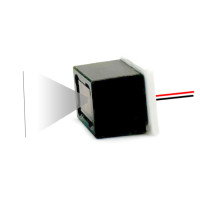

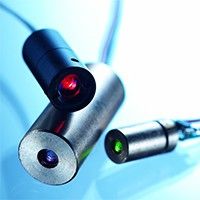












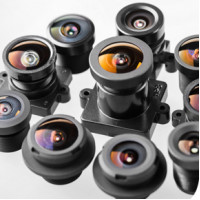











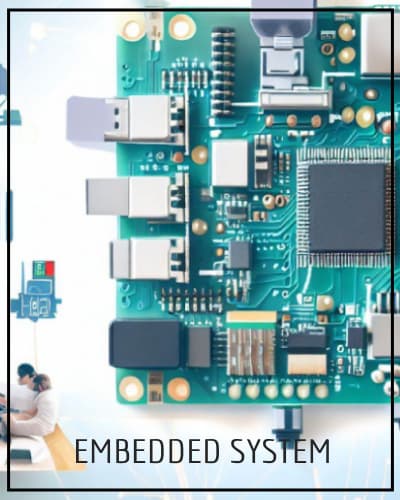




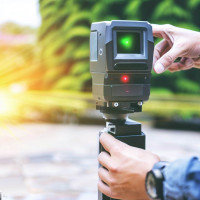















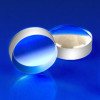




 The lens optical format should match the target image sensor, as shown in the reference image, to ensure optimal image quality. If lens optical format and image size don’t match, it also works. But when the lens optical format is larger than the image sensor, the lens FOV will be reduced; and when the lens optical format is smaller than the image size there will be dark areas around the corners and some portion of the sensor area is not useful.
The lens optical format should match the target image sensor, as shown in the reference image, to ensure optimal image quality. If lens optical format and image size don’t match, it also works. But when the lens optical format is larger than the image sensor, the lens FOV will be reduced; and when the lens optical format is smaller than the image size there will be dark areas around the corners and some portion of the sensor area is not useful.
